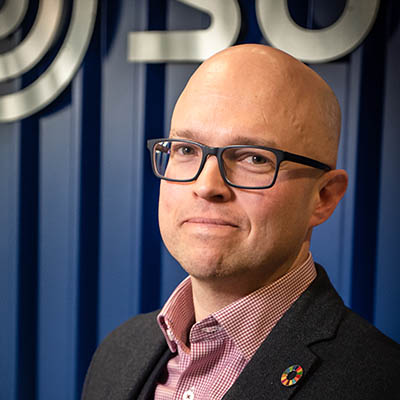Is the plastics debate moving forward? Part 2

The past two years has seen me involved with a number of household brand names and leading packaging designers and experts to help them understand the changing policy landscape and to consider what changes in packaging materials, designs and formats might mean for our sites and technologies. I have thoroughly enjoyed doing this, and have learnt a lot about packaging, materials and marketing along the way, but I only have limited bandwidth and can’t always help those who ask.
So, if you want to do a thorough review of your packaging and its recyclability both now and in the future, then talking with me informally won’t be enough. Instead, you could draw on the materials, sorting, reprocessing and packaging expertise of my colleagues from SUEZ CircPack, who have recently launched a new support service here in the UK, (it has been operating in Europe successfully for many years). The service is known as RecyClass, which considers all steps in the recycling process when checking the recyclability of plastic packaging which is a harmonised way of assessing the recyclability of packaging in line with the value chain and which can certify for all European countries. If you are interested in this type of more detailed analysis and support, then contact [email protected].
SUEZ CircPack have also recently launched a guide to designing for recycling which is worth a quick look given all the changes coming to our market place in the near future.
Compostables
Another of the most debated topics has been whether the system will cope if we switch to compostable films/containers/cups. Usually the answer is no, because the compostable packaging will end up mixed in with other plastics and contaminate the plastics going to end market or in with the organic materials where they contaminate the compost output (the compostable packaging needs longer to degrade than the other materials for which the plants were designed). Under EPR reforms, much more attention will be placed on the quality of the materials and the end markets, so compostable packaging in the future will need to be certain of these or face increasing costs and burdens as the policies take hold.
However, I am far more optimistic about the future role of compostable packaging in the UK market because it could really help ensure effective capture of food waste arisings from homes and businesses, either as kitchen caddy liners, or as food grade packaging that can keep the leftovers in and go straight in the organic bin. This should make life easier for consumers of all types. This mixed organic material will then go to a number of new composting facilities that are designed with the mixed feedstock in mind, returning the organic material back to the soil as a compost several weeks later. So just because something is a problem now, it might be a central part of the solution in the future, but only if the system is designed correctly from the outset. This is what we hope the government will showcase when the policy reforms come out for their second and final consultation in March 2021. And given all households and businesses will need to have a food waste collection (weekly) from 2024 onwards, there is a huge opportunity for compostable packaging, which might not come around again for some time. Here lies another reason for the value chain to align and have the right conversations sooner rather than later.
What next?
I’m off to prepare my slides for a number of forthcoming e-conferences, and starting to pull together some tricky questions for the SUEZ webinars I will be hosting on flexibles packaging opportunities and risks. To do this justice, I will seek out expertise from my colleagues across the business, and speak to our customers, our suppliers and friends that I have from packaging designers and retailers, to professional bodies and leading brands to make sure the vision I have for plastics in the future is coherent, progressive and deliverable. Collaboration is key and now is the time to engage, whilst the policies can be influenced and whilst the system design is still being considered. I wish you luck.
